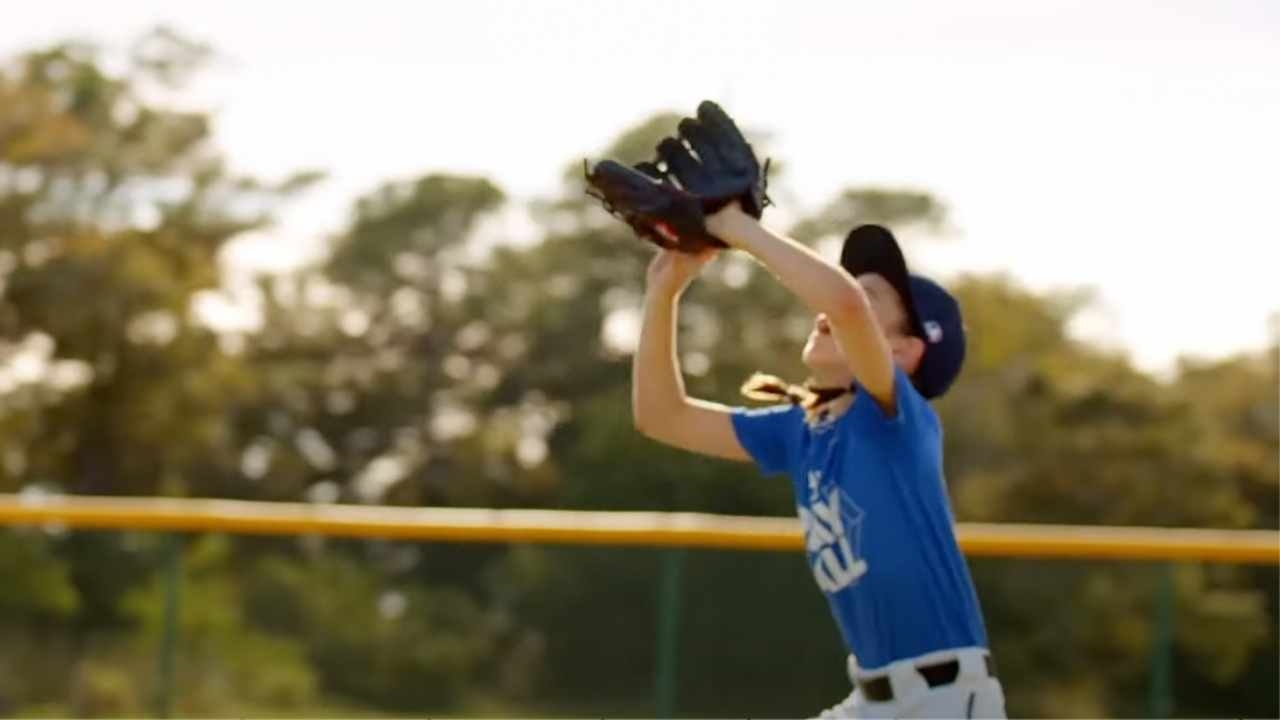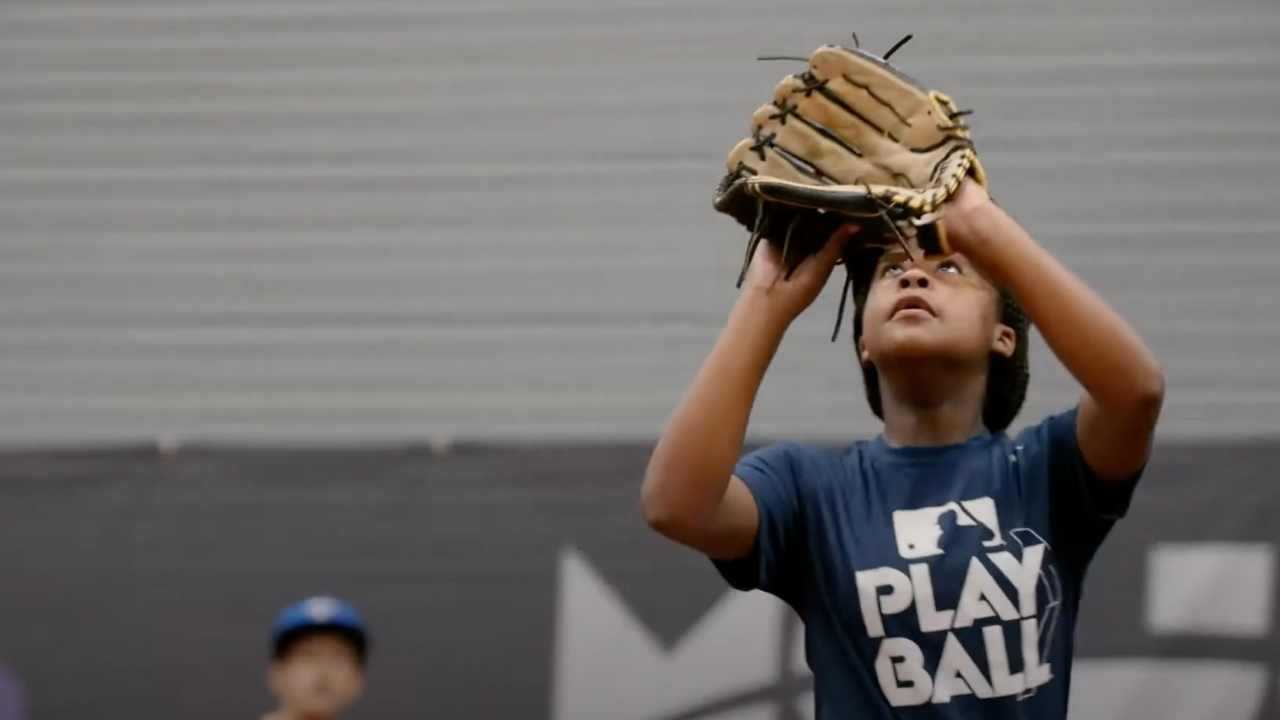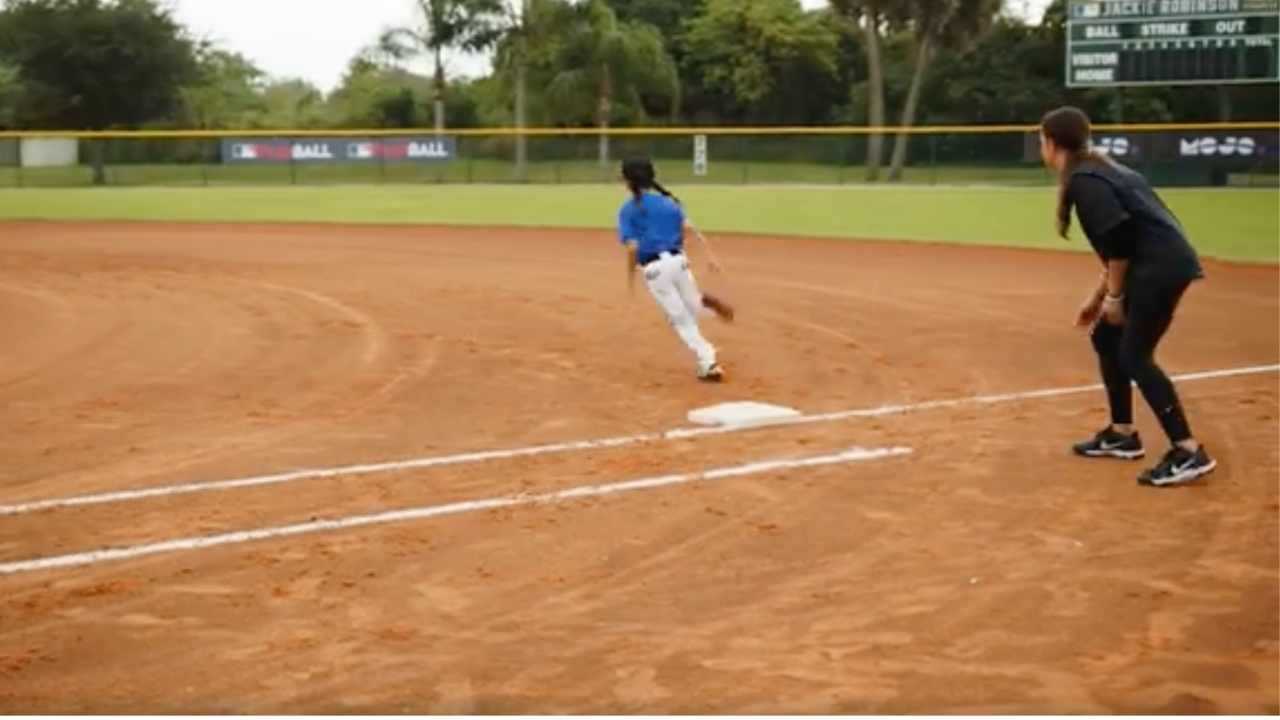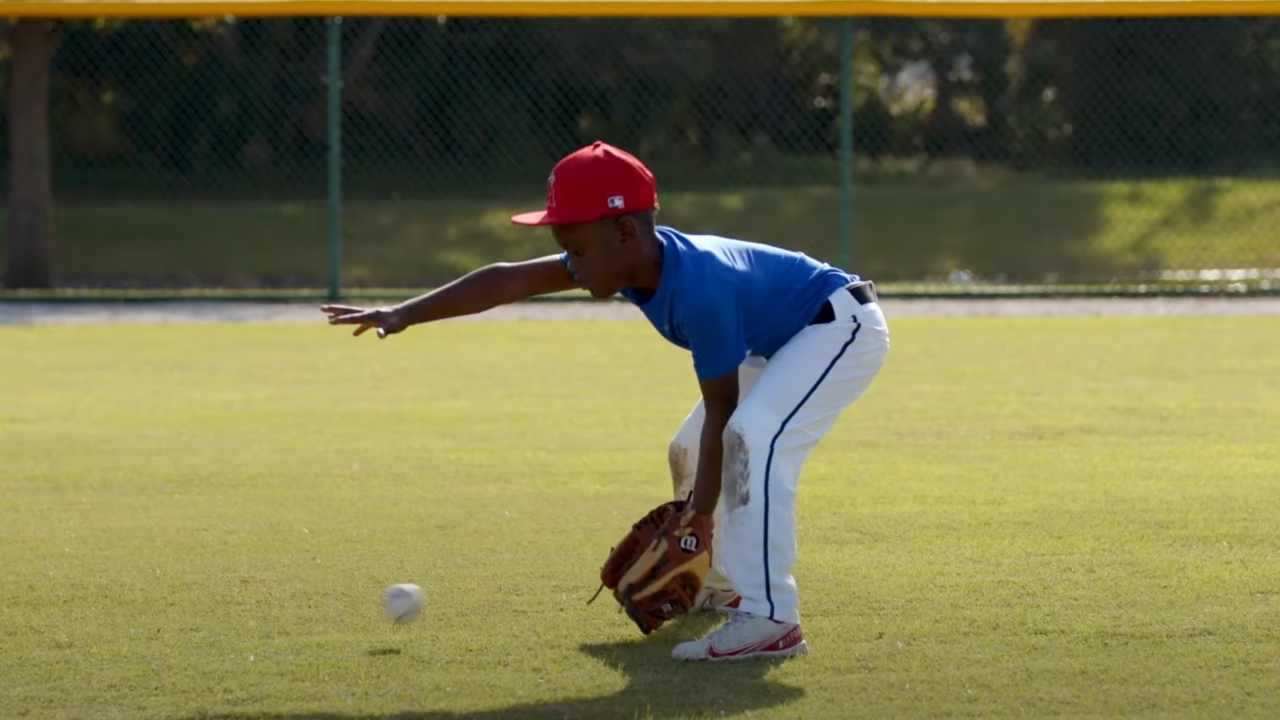3 Go-To Receiving Drills for Beginners
Because catching is crucial
Sue Pierce
| 3 min read

Catching is core to baseball and softball. For some kids, it’s a natural skill. Others… not so much. At the tee ball level, even kids with great hand-eye coordination need to get used to the glove.
More is more
Allow us to state the obvious: The best way to learn how to catch is to practice catching. Get outside and toss the ball. It’s all about reps, reps and more reps.
“If you practice anything, wow, how you’re going to improve,” says Dan Keller, longtime baseball coach and founder of Dugout Captain.
For the littlest kids, start with a large, soft ball — think: beach ball — and start close together. Gradually move to smaller, harder balls – volleyball, then mini-basketball, softball, baseball. You get the idea.
Keep the reps going for older players. At practices, have a receiving station run by a coach with an arsenal of catching drills. Over one season, a good coach can get each player 500 catching reps. That can have a huge impact on their skill level.
Here are three drills to get ‘em receiving like pros.
Up Top, Down Low
This is fundamental step one — glove positioning. A player’s belt is the dividing line for this exercise. When catching above the belt, players’ thumbs come together. For balls below the belt, pinkies touch. Thinking about “thumbs” and “pinkies” helps kids get their hands in the right place to receive the ball. Once they’re there, toss the ball right in their glove, Coach.
“It’s your responsibility to help them catch,” says Keller. Start slow so kids get comfortable with rotating their gloves and be predictable with the location of your tosses.
The Waiter Tray
Players hold their gloves palm to the sky, next to their head — like a waiter holding a tray. Coaches should stand close and gently toss the ball up and into the glove, slow and easy. This helps kids get comfortable with catching with their gloves up over their heads. Make it fun by asking kids what they’re carrying. Soda and pizza? Milkshakes and burgers?
Next step is having kids move their “tray” to the other side of their head and catch balls from there. Gradually, you can expand the height, pace and movement of the drill.
Around the World Receiving
Coaches stand across from players and toss easy throws to four points: Right shoulder, left shoulder, right hip, left hip. Kids get used to rotating their glove depending on where the ball is coming toward them. Do a couple rounds with predictable throws — then, make it unpredictable. If one player is rocking this drill, have them catch barehanded. This makes it harder while keeping them in the mix.
Can’t stop, won’t stop
How long should catching fundamentals be part of practice? “For the rest of your season and the rest of your career,” says Keller. Getting reps in at every practice will help players at every age.
Dan Keller is part of MOJO’s Partnerships & Strategy team.




